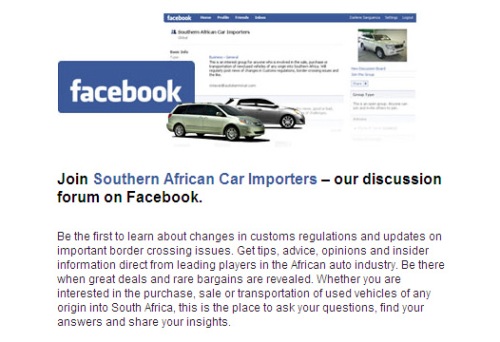 Terrorism, crime, and diseases are foremost on the minds of travelers as soon as they get hold of their tickets. However, the chance of falling victim to these threats is but a small fraction compared to the risk of being injured or killed in a motor accident.
Terrorism, crime, and diseases are foremost on the minds of travelers as soon as they get hold of their tickets. However, the chance of falling victim to these threats is but a small fraction compared to the risk of being injured or killed in a motor accident.
This article is not meant to scare potential travelers. But the facts just cannot be ignored: according to the World Health Organization, motor vehicle mishaps are the largest cause of injury and death in travelers, with an estimated 1.26 million people dying each year on the world’s roads.
Unfamiliar driving conditions, hazardous roads, and poor policies are just some of the factors that make driving abroad dangerous.
Perhaps the most important thing to consider when driving abroad is to learn about the road culture, or in other words, familiarize yourself with the foreign driving environment. You can do this by finding out important things like, for example, what street signs mean, the rules about right of way, acceptable blood alcohol levels, stopping at checkpoints, etc.
Knowing the road culture can help you drive safely. Make sure you know the rules of the road in the country that you are in and obey them. Many rules and traffic regulations will be the same as in your country, but some will not be. Try to anticipate that the rules will be a lot stricter and that being a tourist will not exempt you. Also make sure that you know the common hazards involved that might include poorly lighted roads, unlicensed drivers, and even animal crossings.
When opting to rent a car, try to get the kind you usually drive or one that you can drive comfortably. Make sure that the car you are driving is roadworthy and that necessary safety features are in place such as seat belts and airbags. When bringing children, you might also want to consider bringing your own child car seat. It is also important to test every feature of the car before you drive off the lot: turn signals, wipers, hazard lights, locks, high beams, etc.
Plan your route and make sure you have an up-to-date map. Do not drive too far without a break. Take a break every two hours and, if possible, change drivers regularly. If you must continue, pull over, have some coffee and take a brief nap (30 minutes or less). When you wake up, walk around briskly for a few minutes.
Overtaking is a difficult and potentially dangerous maneuver. Make you are safe while overtaking. One thing to remember is always make your own decision to overtake, not relying on the judgment of your passengers.
Another important thing to consider is driving a rented car in countries without strict regulations regarding the position of the steering wheel or driver seating position, or to put it simply, driving a right-hand or left-hand drive car on the “opposite” side of the road. There are many dangers associated with this but chief of them is having difficulty seeing what’s ahead of you while driving. It’s always a better idea to err on the side of safety and just opt to drive a car with the correct steering wheel placement.
In other words, enjoy your vacation and be safe. Especially when driving.
——————————–
Posted for sale used auto
Global distributor of for sale used vehicles specializing Toyota, Honda, Ford, Nissan in various models like sedan, SUV, pick-up, van and even trucks.




 AutoTerminal.com Africa re-launches Flash Auctions!
AutoTerminal.com Africa re-launches Flash Auctions!
 Terrorism, crime, and diseases are foremost on the minds of travelers as soon as they get hold of their tickets. However, the chance of falling victim to these threats is but a small fraction compared to the risk of being injured or killed in a motor accident.
Terrorism, crime, and diseases are foremost on the minds of travelers as soon as they get hold of their tickets. However, the chance of falling victim to these threats is but a small fraction compared to the risk of being injured or killed in a motor accident.








